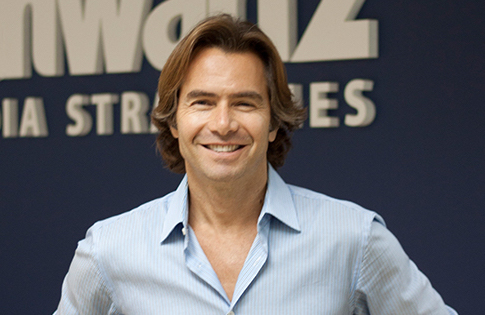 The COVID- 19 pandemic has impacted just about every industry, leaving businesses with questions about how to refocus their marketing and communications in a time when it seems that saying nothing is an easier decision than risking coming off tone deaf or insensitive.
The COVID- 19 pandemic has impacted just about every industry, leaving businesses with questions about how to refocus their marketing and communications in a time when it seems that saying nothing is an easier decision than risking coming off tone deaf or insensitive.
Florida’s real estate sector is confronting this challenge as well, prompting developers and brands to ponder what — if anything — they should be saying publicly.
Soundbytes caught up with Schwartz Media Strategies President Tadd Schwartz to dive deeper into this topic on the heels of his participation in a Haute Living Webinar that explored the topic.
Q: What factors should real estate developers be contemplating right now as they consider their marketing activities? Is it okay to simply take a break?
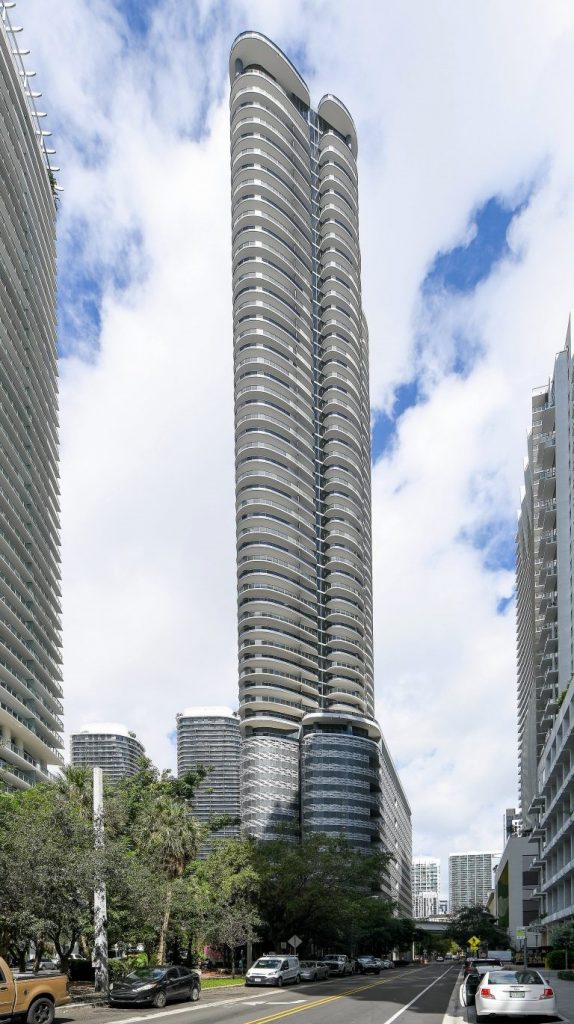
No brand should be going dark with their marketing, public relations, and social media activities right now, but those initiatives can’t take place in a vacuum. More than 100,000 Americans have lost their lives, millions have lost their jobs, and on top of that, racial tensions are at fever pitch, so any external communications must be tasteful and mindful of the way these events are impacting our community and our world.
It’s perfectly acceptable to be promoting a real estate development, so long as the message is sensitive, and the objectives are clear. For example, it’s important for a luxury condominium or single-family home development under construction to demonstrate forward movement when marketing to buyers. The same goes for commercial real estate, where its important to show that there’s still demand for offices, apartments and retail space. These are strong messages to send, both for individual properties and the larger community, as it shows our economy hasn’t stopped.
As a rule, we are counseling real estate clients to keep their social media and marketing focused on community impact, construction progress, and the jobs their projects are creating and sustaining. In other words, now isn’t the time to be hosting lavish parties or spending on gimmicky marketing promotions for luxury product.
Q: With so much uncertainty in the world and the regional economy, how are you counseling clients to project strength and leadership in the COVID-19 era?
Customers and the public crave information – it’s human nature. People want to hear from businesses and business leaders they trust and respect. It’s easy to stay visible and vocal when times are good and the economy is strong, but in the long run, people will remember the brands and leaders that step up in a time of crisis.
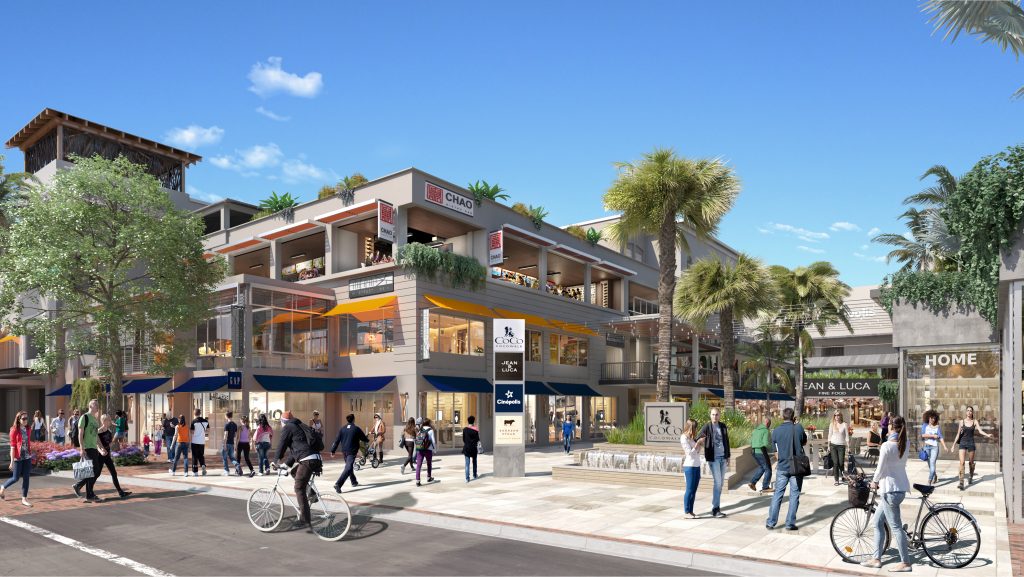
We are helping clients focus on three key areas: sending the message that their business is sound, communicating how they are making an impact in the community, and the steps they are taking to do right by employees and customers.
This isn’t about self-promotion; it’s about showing your audience that business doesn’t stop, the economy doesn’t stop, life doesn’t stop. When you send that message, you’re motivating your colleagues, clients, and the public at-large and giving people hope to get through this with clear-eyed goals.
There are many ways to go about doing this in a way that is transparent, authentic, and consistent. Thought leadership is one approach – contributing editorial columns to news outlets, writing blog posts, or producing a podcast, for example.
Social media is another vehicle, and one which has taken on new relevance through this pandemic. Platforms like Facebook and Instagram started out with good intentions, but gradually evolved into something of a lifestyle medium. In recent months, we’ve seen brands take a back-to-basics approach to social media by sharing critical information, galvanizing communities, and helping people make new connections in the era of social distancing.
Q: How do you envision COVID-19 affecting South Florida’s brand over the long-term? Are we going to be feeling the impacts for a long time?
Resilience is in Miami’s DNA, and the consensus is that Miami and South Florida are poised for continued long-term stability and growth. From what I’ve seen, the investors and developers who are active today are looking beyond the next 3 to 6 months to the next 3 to 15 years. They understand that the same factors that made us attractive before the pandemic will – our weather, low taxes, quality of life, and business infrastructure, for example – will still be in place once the health situation stabilizes.
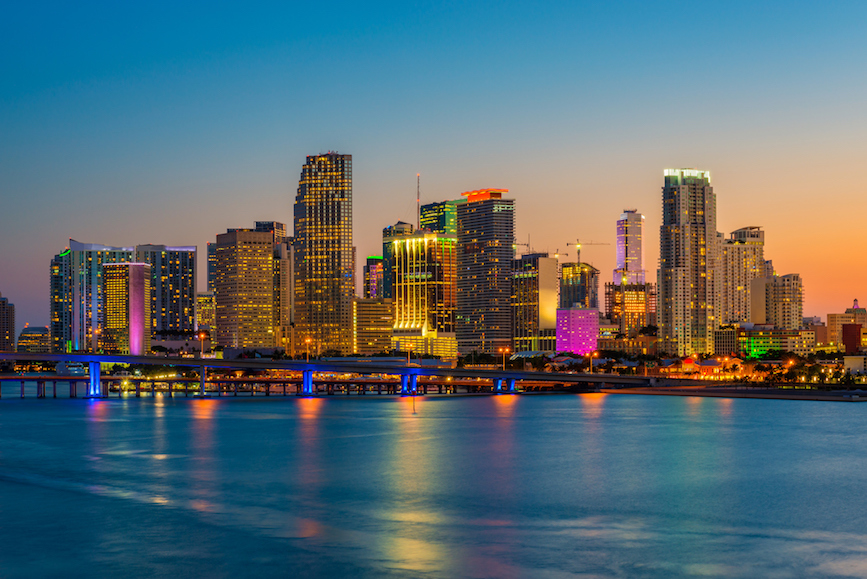
If economic volatility reminds us of anything, it’s that becoming reliant on one or two economic sectors poses huge risks. Miami’s economy has diversified beyond real estate and hospitality since the Great Recession, and we are now viewed around the world as a center for business and finance, arts and culture, and – increasingly – innovation, thanks in large part to the efforts of organizations like The Beacon Council and Miami Downtown Development Authority.
As we look beyond this pandemic, we need to ask ourselves how we want to adapt. Real estate is a critical part of our South Florida economy, both in terms of the investment it attracts and the tax revenue it generates for our public sector, and that impact will remain long after the pandemic. But where else will we focus? Will we become a research hub for companies and organizations studying our changing climate? Will we expand our region’s focus on the commercial healthcare industry? Will we take the next step in becoming a hot spot for technology?
It’s critical that our public and private leaders develop a recovery plan that establishes clear goals and a path toward adapting to post-pandemic life. From there, we can begin communicating that vision to the world. The communications piece is essential because perception and reality are so closely intertwined these days.
Remember, during the Great Recession, the most pessimistic projections said Miami real estate wouldn’t rebound for ten years or more. We ended up bouncing back faster and stronger than anyone expected, and that’s because demand for South Florida real estate turned out to be deeper and more widespread than anyone realized at the time. Miami always finds a way to defy expectations, and I think we’ll do it again on the backside of the pandemic.





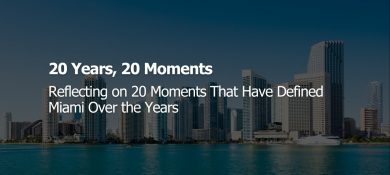
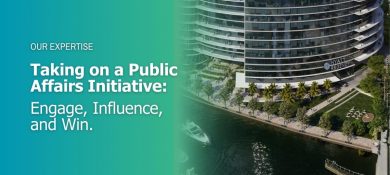
 See More Blogs
See More Blogs
Comments